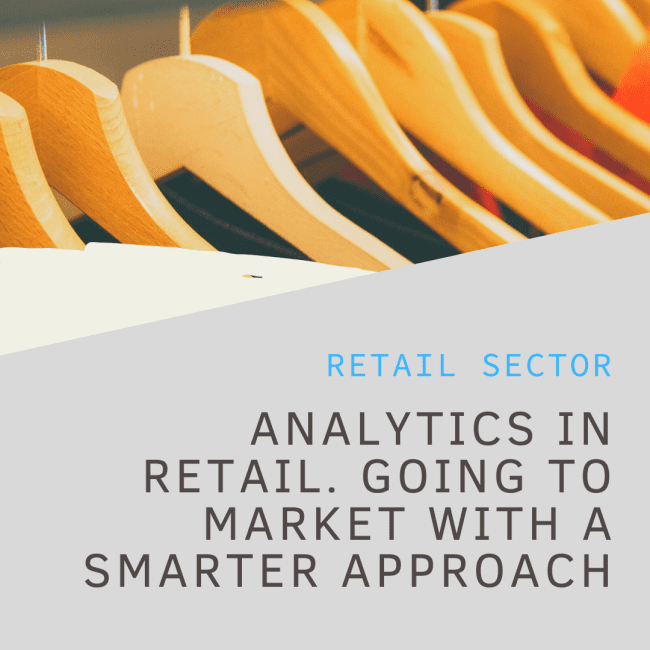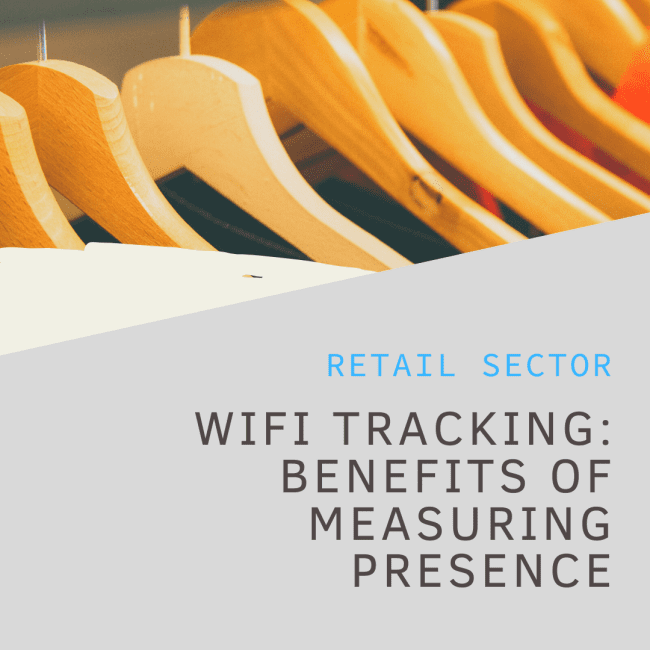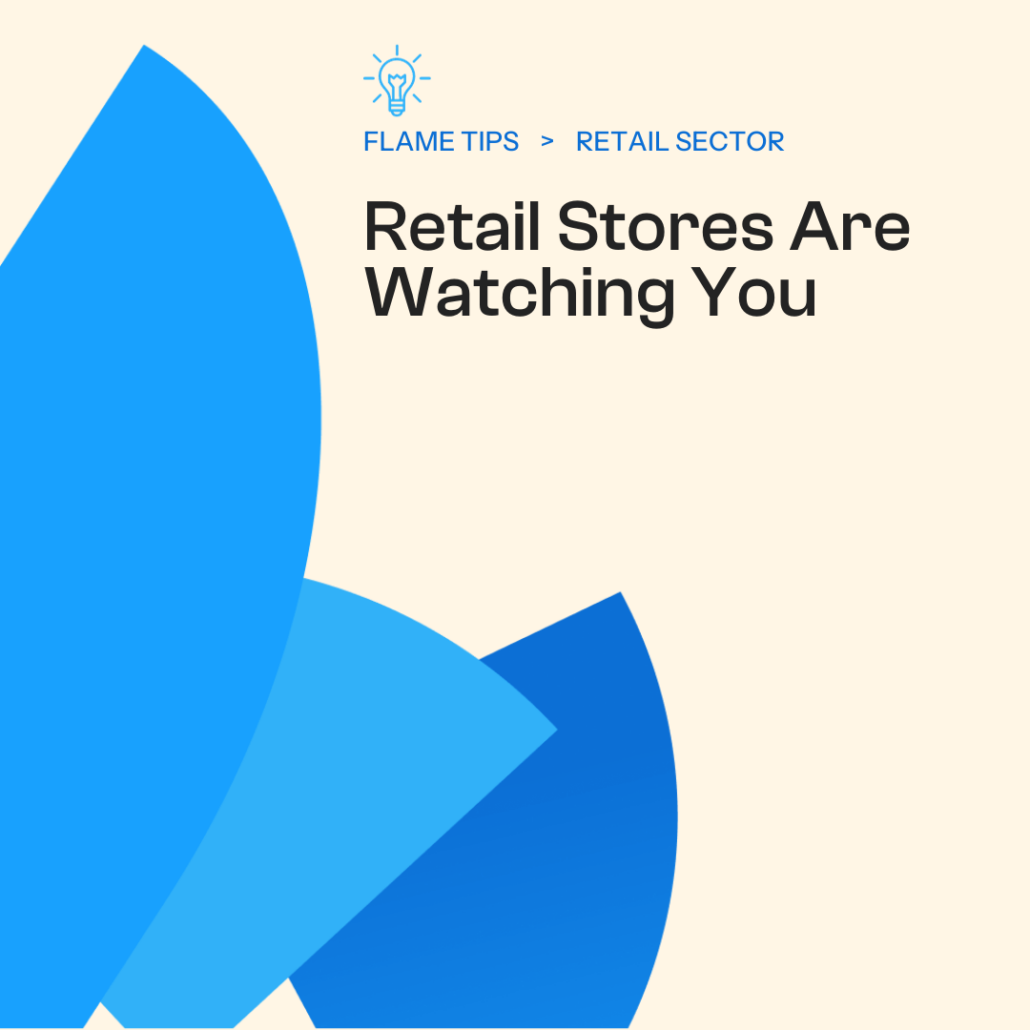As the holiday shopping season draws near, retailers and shopping centers face the challenge of managing a significant increase in foot traffic. With more customers visiting stores for special deals, festive shopping, and holiday events, it’s essential to ensure a seamless, enjoyable experience while maintaining safety and security. Advanced analytics can be a game-changer, enabling businesses to optimize both the customer journey and operational efficiency during peak crowds.
Here’s how using data-driven insights can help retailers and malls deliver a superior shopping experience during this busy time of year.
5 Tips to create a superior shopping experience
1. Real-Time Traffic Monitoring for Enhanced Safety
The holiday season brings an influx of shoppers, and ensuring safety within stores and malls is paramount. By leveraging real-time data from in-store cameras and sensors, retailers can gain a clear understanding of crowd density and movement patterns. This allows for proactive crowd management, identifying potential areas of congestion before they become a problem.
For example, by tracking foot traffic, retailers can spot bottlenecks in high-traffic areas, such as entrances, checkout counters, or popular promotional zones. Armed with this data, staff can be dispatched to help alleviate crowded spaces or direct customers toward less busy areas. Ensuring clear, open pathways not only maintains a sense of safety but also allows customers to navigate the store more comfortably, reducing frustration and enhancing their overall experience.
2. Optimizing Wait Times at Key Areas
Long wait times at checkout counters, customer service desks, or fitting rooms are common pain points during the busy shopping season. In a traditional retail setting, these delays can lead to customer dissatisfaction and, in some cases, lost sales. With analytics, retailers can track wait times in real time and make data-driven decisions to optimize customer flow.
For instance, if data shows that checkout lines are becoming too long, the system can alert staff to open additional registers or expedite the checkout process in other ways. Similarly, in high-traffic areas such as fitting rooms, retailers can adjust staffing levels based on the volume of customers to reduce wait times and keep customers engaged, avoiding frustration that could lead them to abandon their shopping experience.
3. Directing Customer Flow to Maximize Space Efficiency
With the increased foot traffic, retailers often face the challenge of overcrowded aisles, making it difficult for customers to shop comfortably. By using spatial analytics, retailers can gain insights into customer behavior and movement, allowing them to manage the flow of people more effectively.
These insights can help determine which areas of the store or mall are most frequently visited, and which areas are underutilized. Armed with this data, retailers can implement strategies such as adjusting the placement of popular items, creating one-way shopping routes, or even guiding customers with signage or staff toward less crowded zones. This helps distribute foot traffic more evenly, reducing the likelihood of congestion and creating a more enjoyable shopping environment.
Additionally, data can reveal patterns that help optimize store layouts. For example, if analytics show that a particular display or product attracts high engagement, retailers can move these displays to the front of the store or close to entrances, drawing customers in and improving product visibility.
4. Building Customer Trust Through Visible Safety Measures
In today’s climate, customers are more conscious than ever about safety, especially in crowded spaces. Retailers can use data-driven insights not only to manage crowds but also to communicate safety efforts effectively to shoppers. For example, displaying real-time occupancy levels in high-traffic areas can show customers that the store is actively monitoring their safety.
Additionally, clear signage about the measures in place, such as limits in store capacity, social distancing guidelines, or areas where customers are being guided based on real-time analytics, can foster a sense of trust. Customers are more likely to spend time in a store that they feel is taking active steps to ensure their well-being, encouraging longer visits and repeat business.
Furthermore, transparent communication about crowd management strategies reassures customers, letting them know that their safety is a top priority. This, in turn, creates a more positive atmosphere that not only boosts sales but also strengthens brand loyalty.
5. Maximizing Sales Opportunities During High Traffic Periods
During the holiday season, retailers need to ensure that they make the most of high foot traffic. Spatial analytics can help businesses identify high-traffic times and locations within the store and capitalize on them by strategically placing promotional displays or popular items in those areas. By analyzing customer behavior patterns, retailers can predict peak times and optimize staffing levels to accommodate the demand.
Moreover, analytics can provide insights into dwell times—how long customers are spending in specific areas of the store. This information can be used to adjust product placement or promotions to ensure that high-interest items are displayed in the right locations. If certain areas consistently show high engagement, these could be leveraged for targeted promotions, ensuring that products are placed where they’re most likely to capture the attention of passing customers.
Conclusion
The holiday season offers retailers and shopping centers a significant opportunity for growth, but it also comes with the challenge of managing large crowds while maintaining customer satisfaction. By incorporating advanced analytics into daily operations, businesses can not only enhance the shopping experience but also ensure a safe, smooth, and enjoyable environment for all customers.
Using data to manage traffic flow, optimize wait times, and improve store layouts allows businesses to create a seamless shopping experience that caters to the needs of the modern consumer. Whether it’s through improved safety measures, better space utilization, or personalized shopping experiences, data-driven insights are the key to success during peak shopping seasons.







